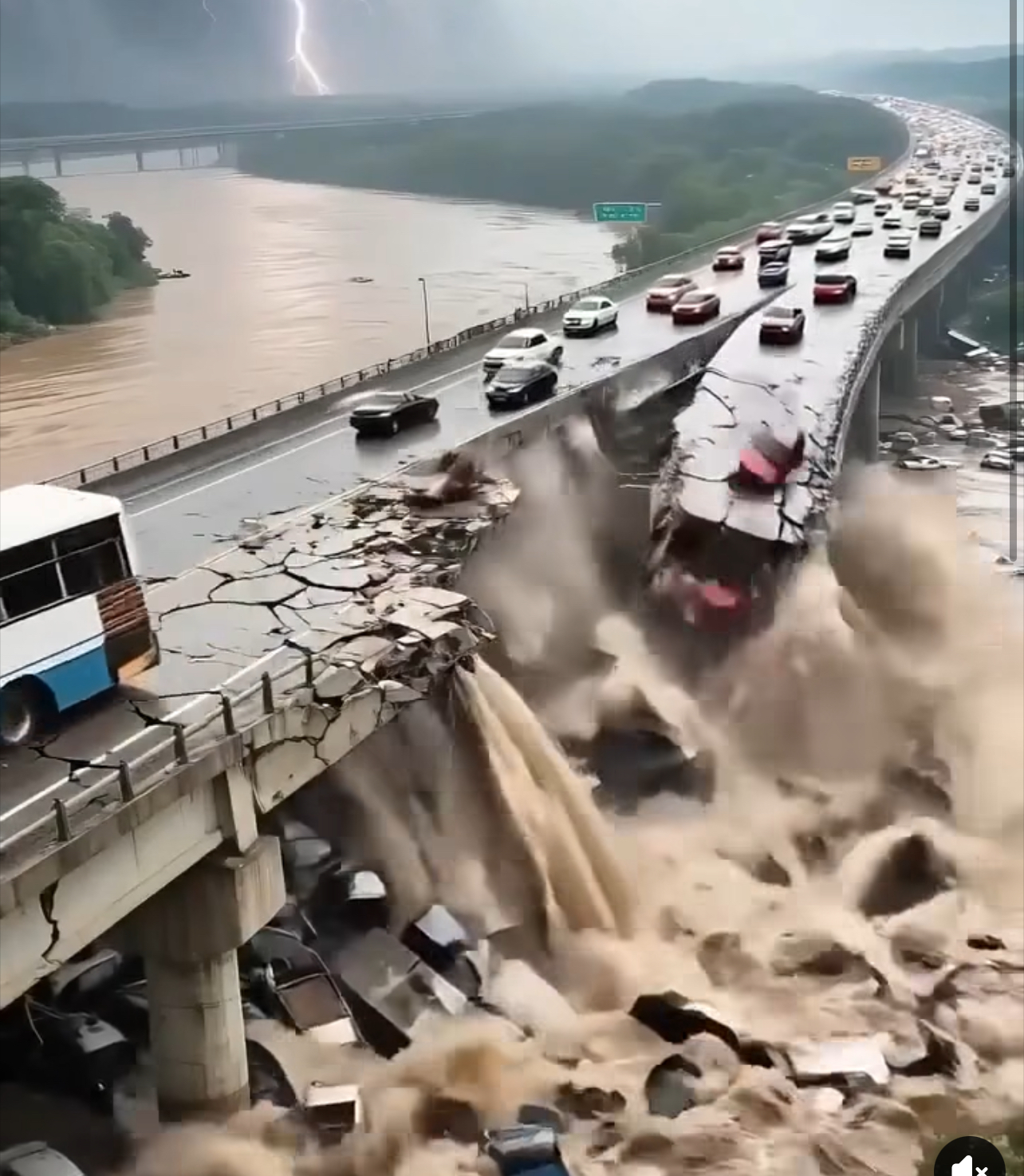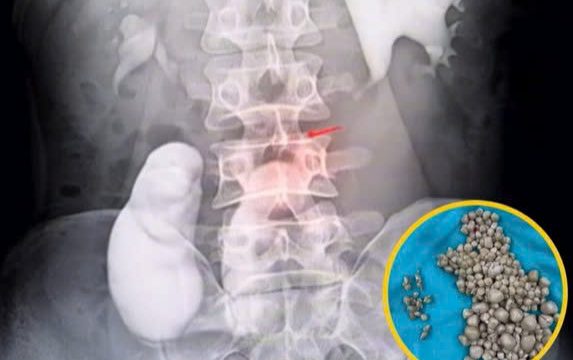In the early hours of Monday morning, residents across Southern California were jolted awake by a powerful earthquake that sent tremors rippling through multiple counties. According to the U.S. Geological Survey (USGS), the quake registered a preliminary magnitude of 5.4, striking near the convergence of two of the Earth’s most significant tectonic plates. Though brief, the quake was strong enough to shake homes, rattle nerves, and remind millions of Californians of the ever-present seismic risks that come with living along the San Andreas Fault.

The tremor occurred shortly before sunrise, and for many, it was an abrupt and frightening wake-up call. The USGS reported that the earthquake’s epicenter was located near the boundary between the Pacific and North American plates—a region long known to scientists as one of the most active fault systems in the world. Seismologists explained that this area is under constant stress as the two plates slowly grind against each other, storing up energy that is periodically released in the form of earthquakes. Monday’s event, while moderate in magnitude, was felt across a wide swath of the state, from Los Angeles to San Bernardino and even as far as San Diego.
“It Felt Really Bad”: Witnesses Describe the Moment
Social media quickly flooded with posts from startled residents sharing their experiences. Many described the quake as “short but violent,” saying it felt like the ground suddenly lurched beneath them. One Los Angeles resident wrote on X (formerly Twitter), “It was like a wave under my feet—the kind that makes your stomach drop.” Others said they heard a low, deep rumbling sound moments before the shaking began. Some reported items falling off shelves or light fixtures swaying for several seconds after the initial jolt.
“I was in the kitchen when everything started rattling,” said Maria Gonzales, a resident of Riverside. “The plates were clinking together, and my dog started barking like crazy. It only lasted maybe 10 seconds, but it felt like forever.”
Emergency services received hundreds of calls within minutes of the quake, mostly from concerned residents seeking information. Fortunately, no fatalities or serious injuries were reported, though several people experienced minor cuts and bruises while trying to move during the shaking.
Authorities React Quickly
In the immediate aftermath, California’s Office of Emergency Services activated its response protocol. Local fire departments, police, and utility crews were dispatched to inspect bridges, overpasses, hospitals, and other key infrastructure. Authorities emphasized that while the quake did not cause major structural damage, inspections were necessary to ensure safety.
Several school districts across Los Angeles, Orange, and Ventura counties announced class suspensions for the day as a precautionary measure. “We want to give structural engineers time to thoroughly assess our campuses,” said a statement from the Los Angeles Unified School District. Power companies also reported temporary outages affecting thousands of homes, though most were restored within hours.
Governor Gavin Newsom assured the public that the state was monitoring the situation closely. “California is well-prepared for earthquakes,” he said in a press release. “While today’s event caused limited damage, it’s a powerful reminder that we must always remain ready. Preparedness saves lives.”
The San Andreas Fault and California’s Seismic Reality
The quake’s location—near the San Andreas Fault system—immediately drew attention from experts. The San Andreas Fault stretches more than 800 miles across California and marks the boundary between the Pacific and North American tectonic plates. It’s responsible for some of the most powerful earthquakes in U.S. history, including the devastating 1906 San Francisco earthquake and the 1989 Loma Prieta quake.
Dr. Kimberly Hart, a geophysicist at Caltech, explained that Monday’s earthquake serves as a reminder of California’s geological volatility. “The San Andreas Fault is constantly accumulating pressure,” she said. “Events like this are nature’s way of releasing small amounts of energy. The concern is always whether a moderate quake could trigger something larger along nearby fault lines.”
Seismologists also noted that smaller aftershocks are likely to occur over the next several days. Residents were urged to stay alert and have emergency kits ready in case of further activity. “Even a 5.4 quake can destabilize the ground and cause minor aftershocks,” Dr. Hart added. “These can happen hours or even days later.”
Communities Reflect and Prepare
Across Southern California, Monday’s earthquake reignited conversations about preparedness. Hardware stores reported an uptick in sales of emergency supplies such as flashlights, batteries, and bottled water. Local media outlets ran segments on earthquake safety, urging residents to secure heavy furniture, create family communication plans, and know where to take cover during future quakes.
For many Californians, the quake served as a sobering reminder of life in one of the most seismically active places on Earth. “You never really get used to it,” said David Lee, a Pasadena resident who has lived in California all his life. “You just learn to respect it. The ground here has a mind of its own.”
In San Bernardino County, volunteers helped inspect older homes in areas built before updated building codes were implemented. Modern engineering standards, experts said, likely prevented more serious damage. “California’s strict seismic codes make a huge difference,” said structural engineer Brian Matthews. “Even a few decades ago, a quake of this magnitude could have caused significant structural failures.”
A Reminder of Preparedness and Resilience
While Monday’s earthquake caused only minor damage, experts stressed that complacency is dangerous. “It’s not a matter of if, but when,” said Dr. Hart, referencing the long-anticipated “Big One,” a massive quake expected to strike along the southern segment of the San Andreas Fault someday. Scientists believe such an event could reach a magnitude of 7.8 or higher, posing severe risks to Southern California’s densely populated areas.
Still, Californians have shown time and again that resilience is part of their DNA. From retrofitting buildings to investing in early warning systems like ShakeAlert, the state continues to lead the nation in earthquake preparedness. ShakeAlert, a system developed in collaboration with the USGS, now sends alerts to smartphones seconds before seismic waves reach populated areas—enough time for people to take cover.
As residents clean up and return to normal life, many are left with a renewed sense of respect for the power beneath their feet. “It’s humbling,” said Laura Chen of Santa Clarita. “We think we control everything—our technology, our cities—but then the Earth reminds us who’s really in charge.”
For now, officials say there’s no indication that a larger quake is imminent, but they encourage everyone to stay prepared. The USGS continues to monitor seismic activity closely, offering updates and safety guidelines through its official channels.
In the end, Monday’s 5.4-magnitude quake was a jolt both literal and metaphorical—a wake-up call that underscored California’s delicate balance between natural beauty and natural danger. The state’s mountains, deserts, and coastline may be breathtaking, but beneath them lies a restless force that never sleeps.





